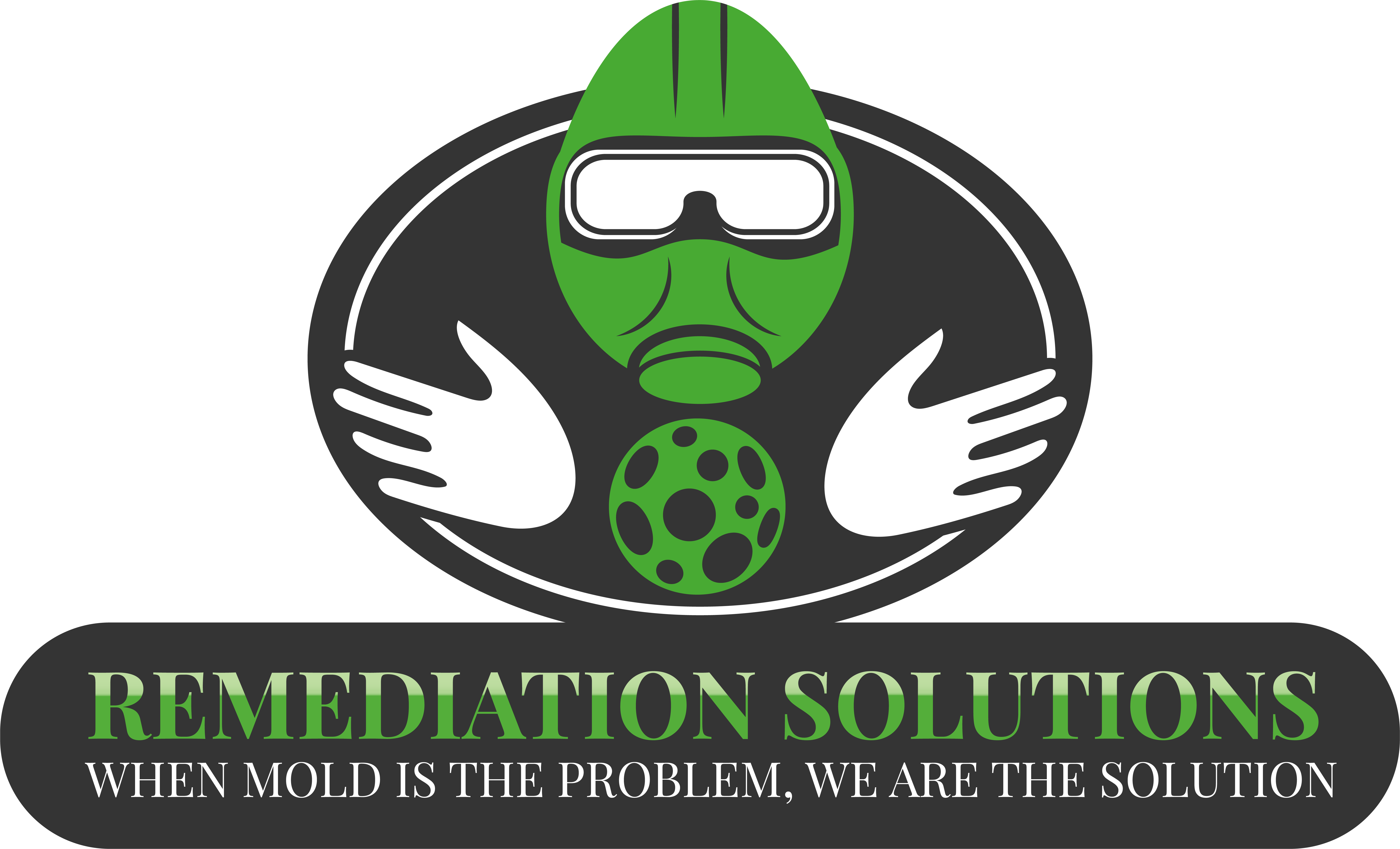Homeowners often see visible mold growth on glass, tile, tubs, and sinks. When mold is evident on these types of surfaces, conditions for mold growth on unseen surfaces is often likely. But mold grows just as well on carpeting and surfaces inside walls, attics, cabinets, and basements as it does on easily visible surfaces.Most advice for home remedies for mold infestation involves using bleach to kill exposed mold growth. Mold grows on all organic material surfaces, including wood, drywall, concrete, fabrics, insulation, and most other construction materials. Simple wiping and scrubbing may remove visible evidence of mold. However, many surfaces are porous and contain mold growth that is not easily seen. Mold growth inside porous surfaces may not be reached by ordinary scrubbing or wiping.
No matter how thoroughly exposed surfaces are cleaned, that cleaning does not affect mold infestation on surfaces out of view. Unseen mold growth is likely under conditions where excessive moisture is present in hidden spaces because of leaking, poor drainage, or seepage. Wiping down exposed surfaces often leaves a great deal of a building’s mold growth untouched. Additionally, surface treatment alone does not address the causes of mold growth because of hidden moisture sources. Moving Interior Structures Releases Mold Spores and Compromises Air QualityWhen homeowners attempt to go deeper with do-it-yourself remediation, they may decide to move or take down interior structures to look for mold growth. In addition to the hazards associated with direct contact with infected surfaces, there is a significant risk of increased air contamination as a result.
Air quality can also be compromised when visible mold growth is occurring inside of a building. Airborne mold spores are impossible to see with the naked eye. Cleaning around moldy surfaces, moving or tearing down mold-infested walls, cabinets, or other construction materials will disturb hidden mold growth, dispersing mold spores into the inside air.Prolonged and direct exposure to mold spores while attempting do-it-yourself remediation can lead to adverse health effects. Respiratory distress, coughing, tissue irritation, and allergic reactions are all caused by inhaling mold spores. Serious problems involving internal bleeding and respiratory infection can also occur.
Mold Infestation Requires Professional RemediationEffective and safe mold remediation can be very complicated. Even the most accomplished “do-it-yourselfer,” homeowner, or business handyman is not equipped to handle the clean up of a mold infestation in a way that ensures clean structural surfaces and interior air. Those trying can often be exposed to toxic mold spores while making the effort. Attempting remediation without professional assistance does not address air quality issues that can only be disclosed through proper testing and inspection.
Professional mold remediation includes a complete and thorough inspection of all parts of a residential or commercial building. Visual inspections are combined with moisture testing and materials inspections. Air testing confirms mold spore types and the scope of infestation and also can screen for other toxins such as dangerous bacteria and volatile organic compounds that are harmful to health.
Remediation Solutions also uses state of the art equipment to remove mold growth from porous surfaces and hidden areas. A thorough examination of all structures for moisture content and any excess water drainage or leakage also prevents future infestation. When structural damage has resulted from mold growth or water intrusion, appropriate invasive remediation is discussed with the property owner.
Following professional cleaning and remediation, follow-up testing makes sure that all mold has been removed and that interior humidity is under control.
Protected Air Quality Through Professional TreatmentProfessional remediation also provides for healthy air quality during and after remediation. Any mold spores that are disturbed are filtered out of the air or vacuumed using HEPA rated equipment.
When larger interior areas are affected by mold spores and poor air quality, negative air pressure chambers are used to isolate contaminated areas. Negative air pressure and curtain dividers prevent spores that are stirred up during remediation from moving through the entire interior of a building. Our expert remediation technicians coordinate pressure chambers with fans, HVAC units, and other ventilation systems to prevent mold spores from being spread during remediation.
Continued air quality testing ensures that all mold hazards have been removed following remediation.
Mold infestation requires the assistance of an experienced and trusted professional for elimination, remediation, and prevention. Remediation Solutions can prove a free estimate for all residential and commercial mold remediation needs.



Comments are closed